
Home / About Us
About Us
Associazione Civita is a non-profit organisation of enterprises and research institutions that has been engaged in cultural promotion for over 35 years.
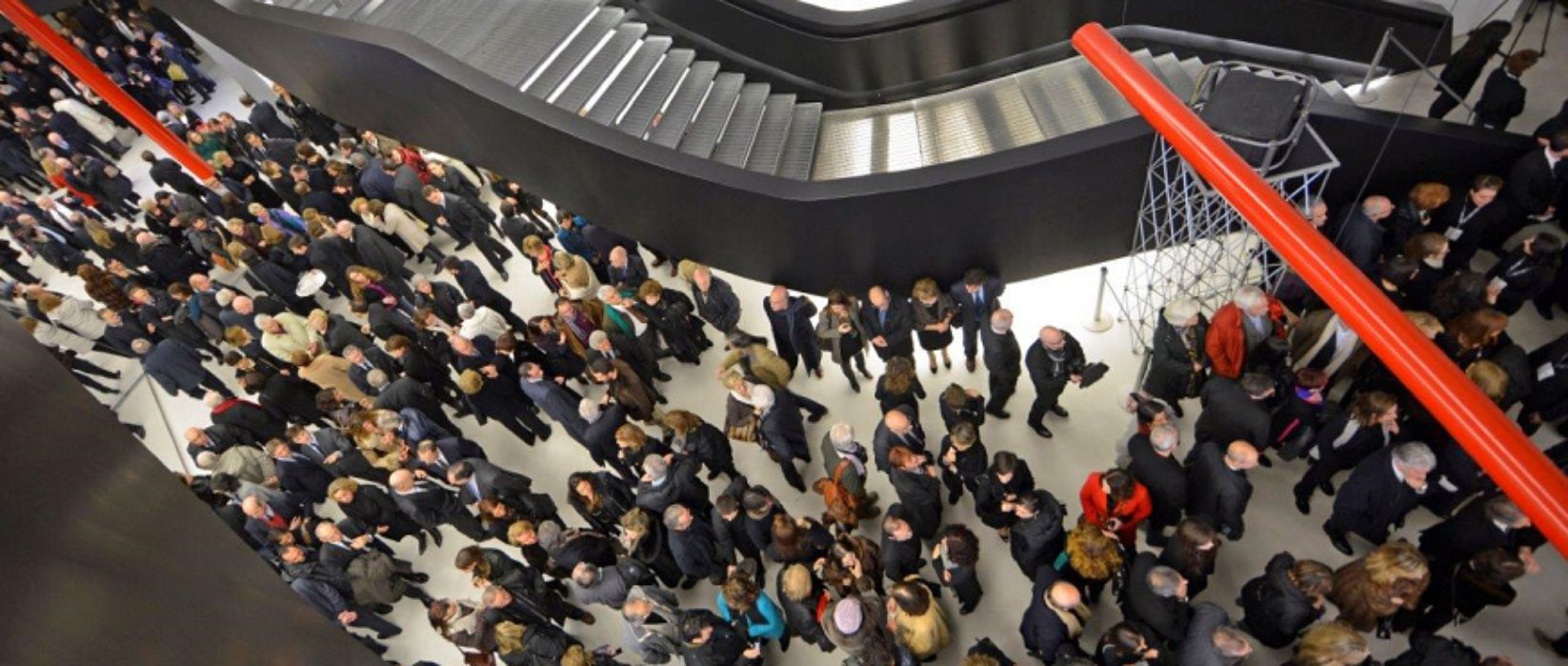
Our story
The Association, originally established to restore the ancient village of Civita di Bagnoregio (VT), has always endeavoured to foster innovative dialogue between culture, institutions and economics.
Our mission, over the years, has continuously been the ongoing cooperation between the worlds of business and culture, thereby creating concrete opportunities for collaboration and shared initiatives of high social, cultural and economic impact.
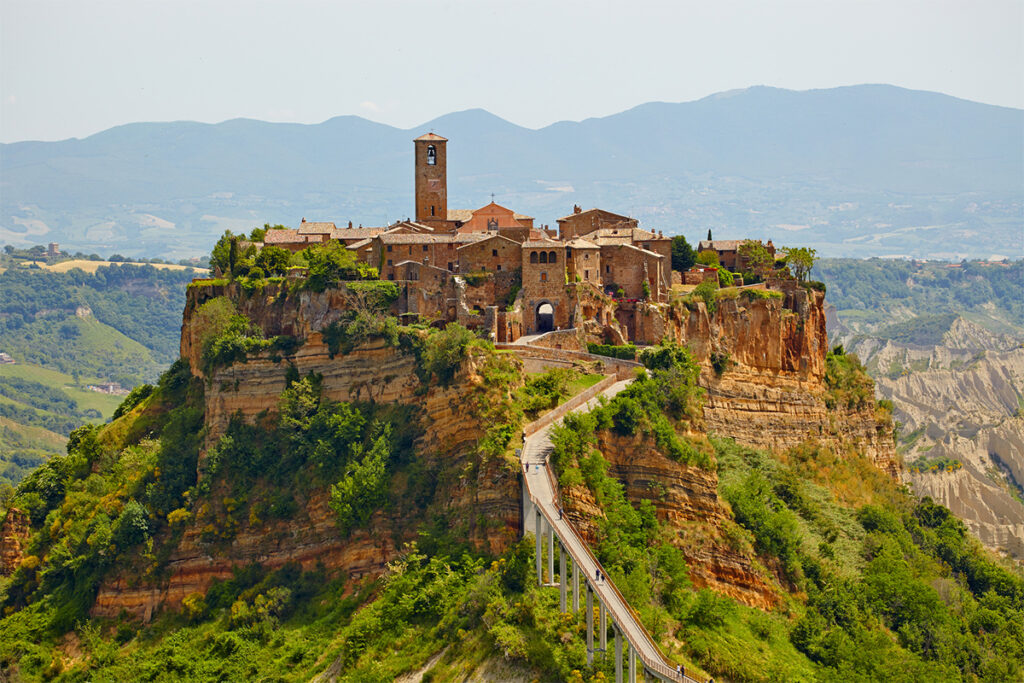
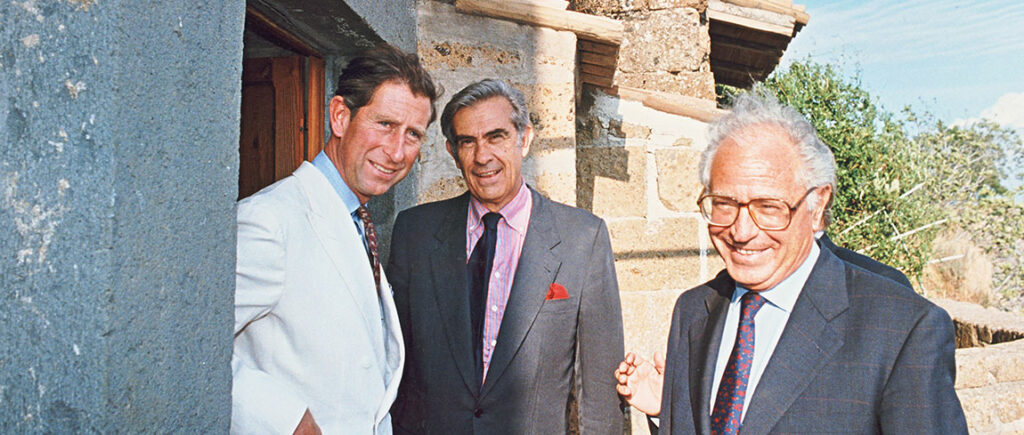
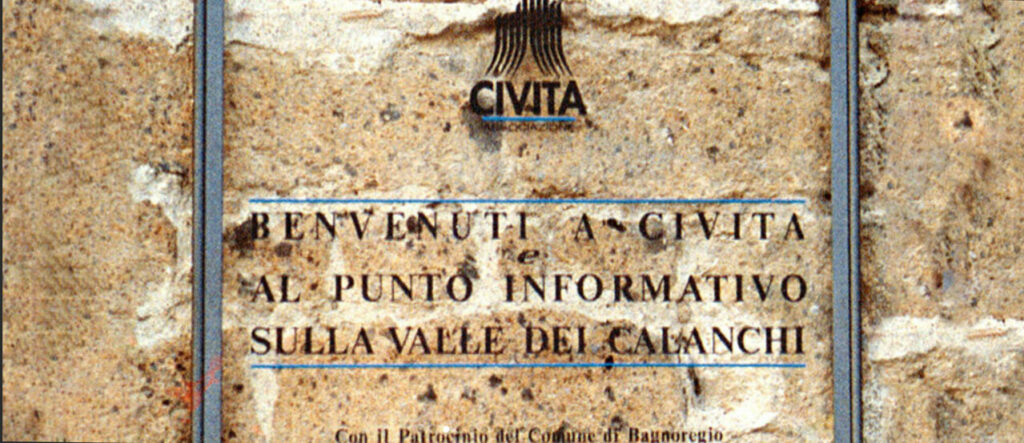
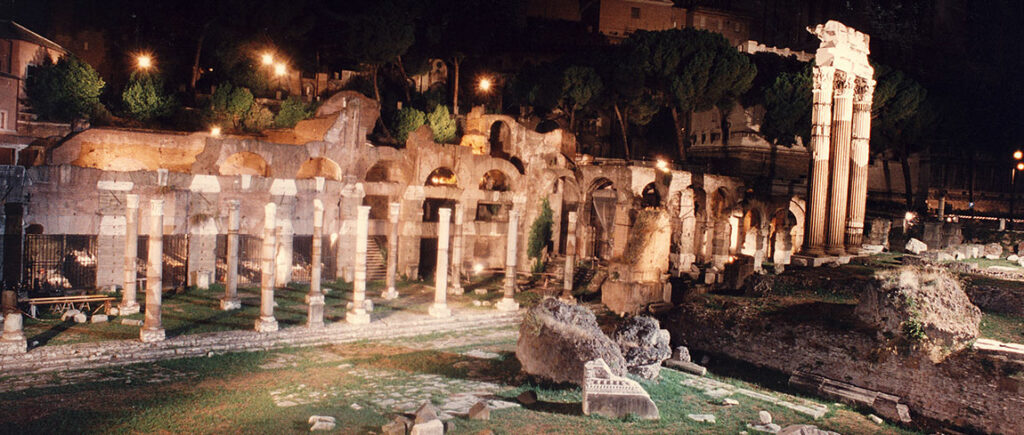
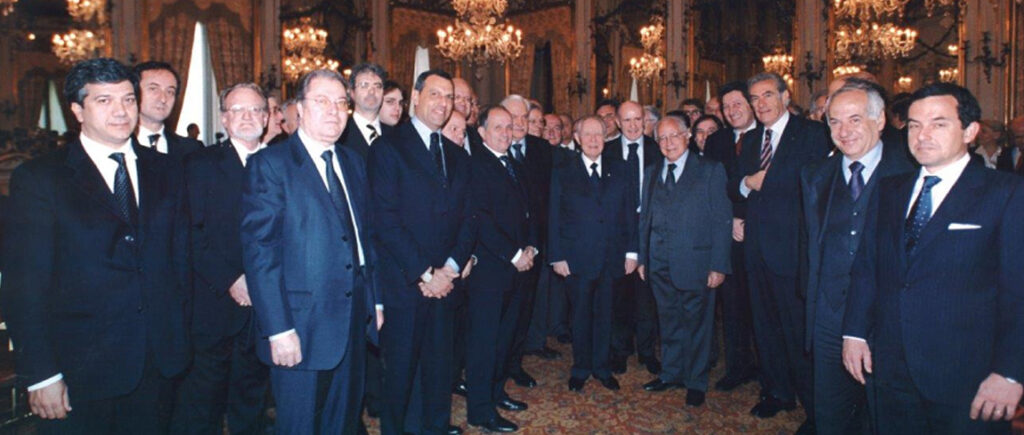
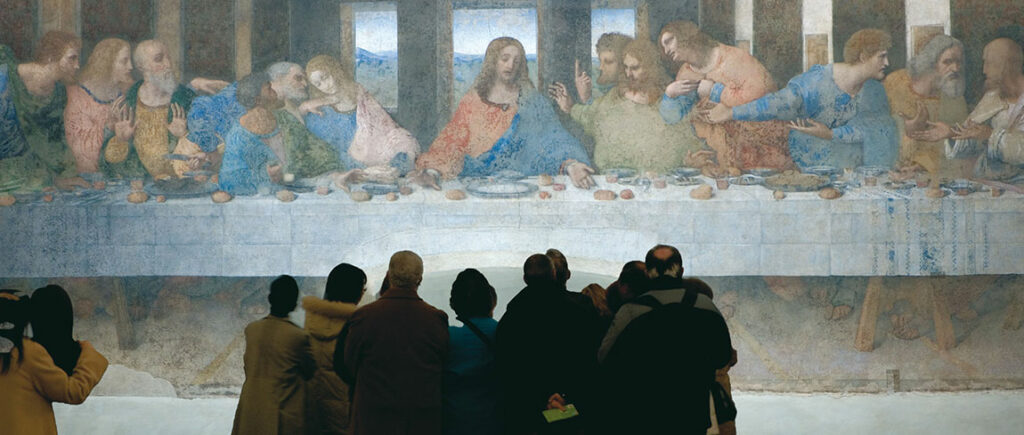
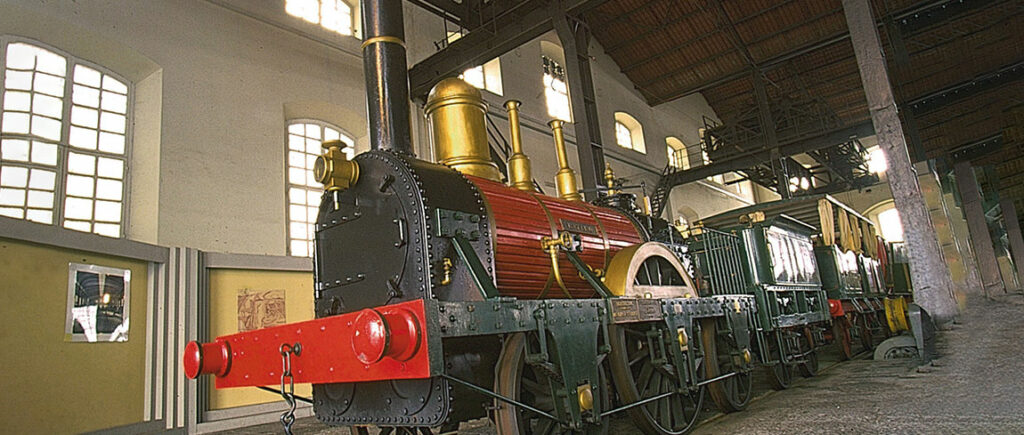
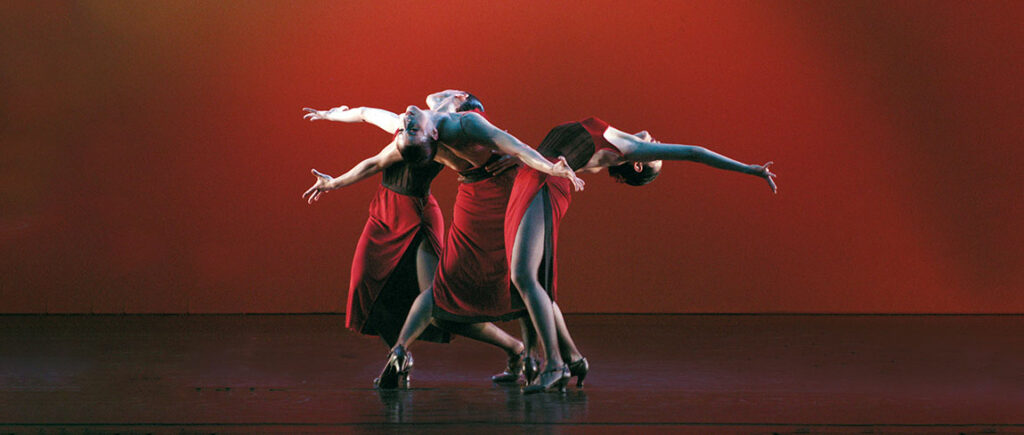
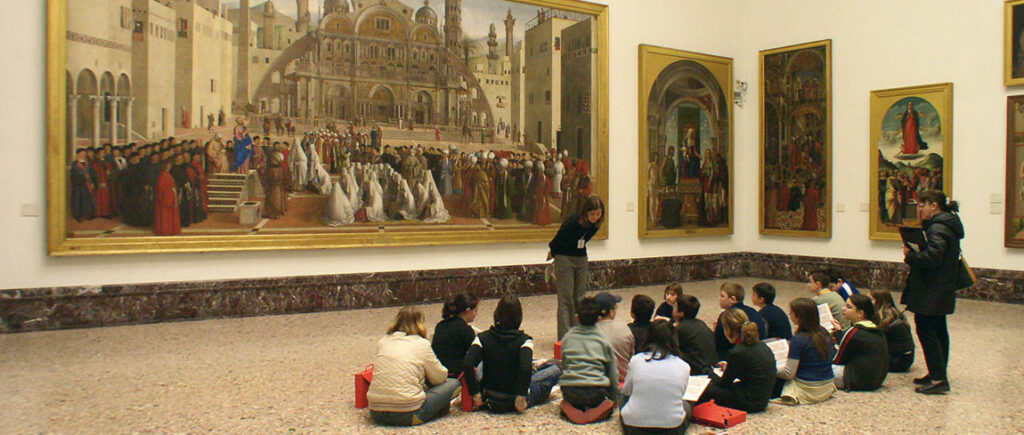

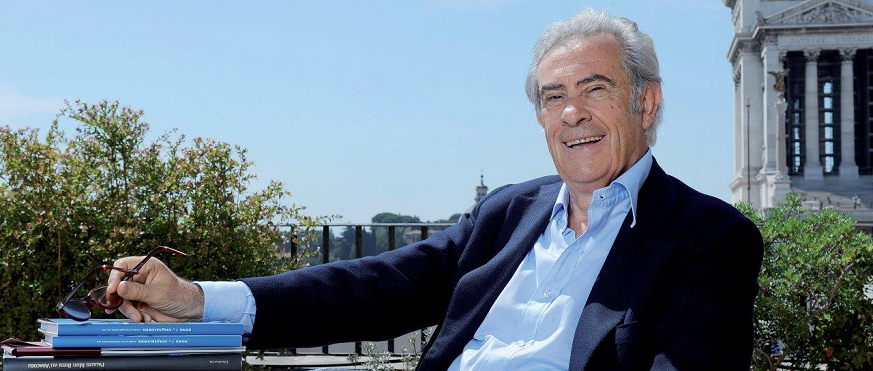
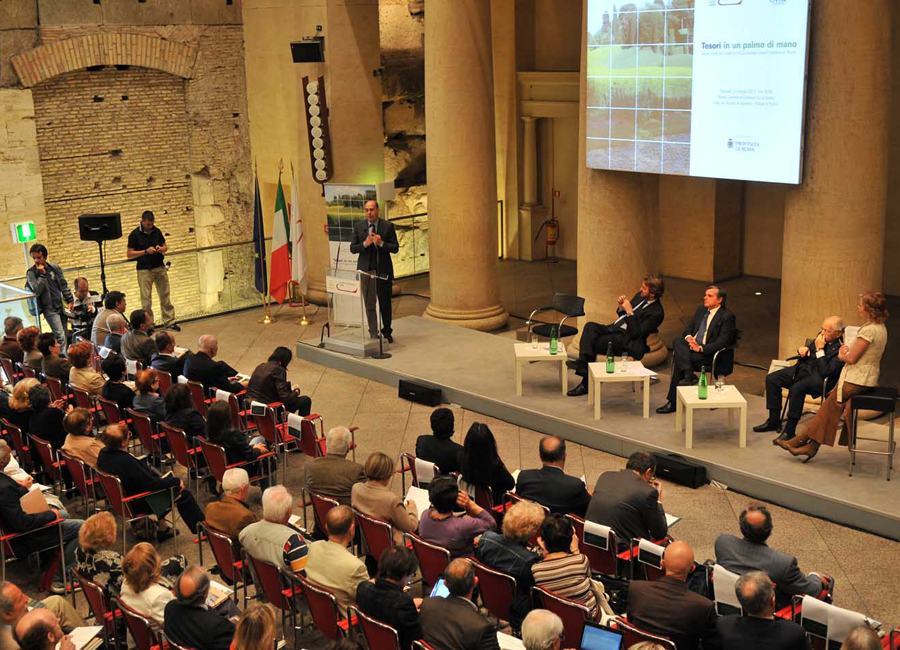
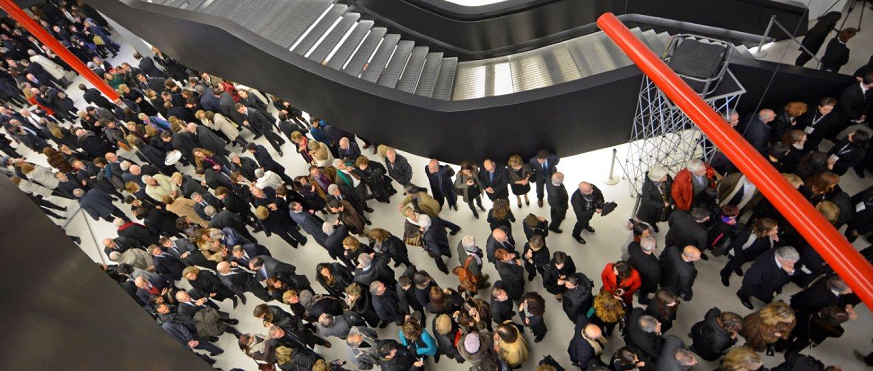
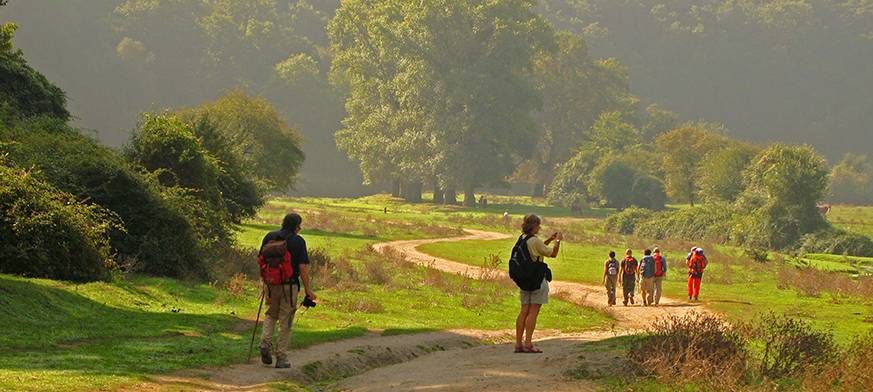
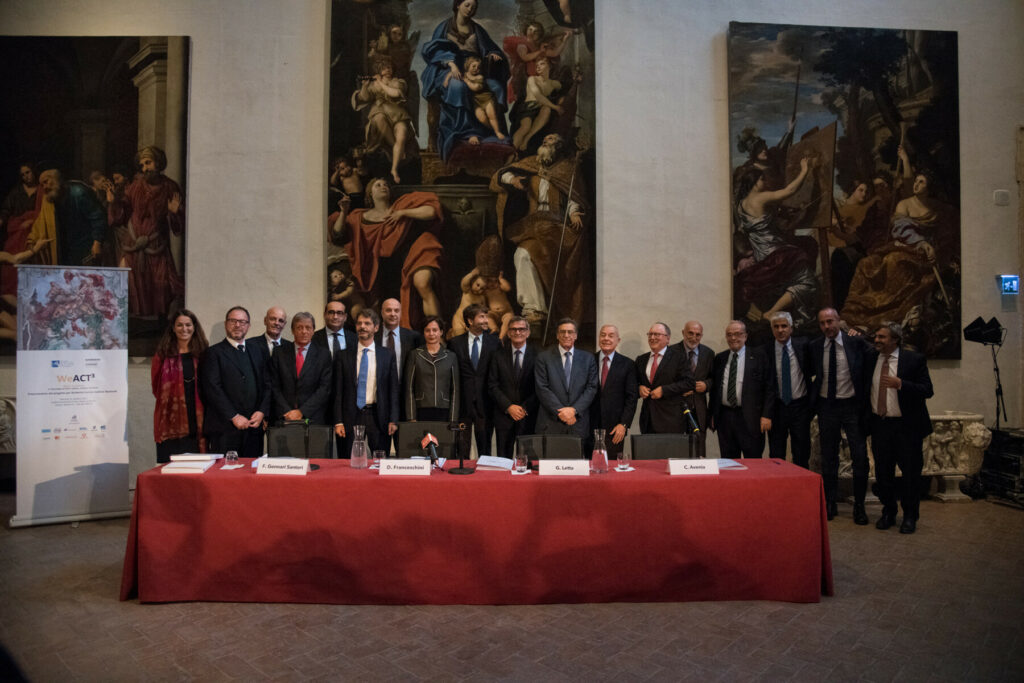
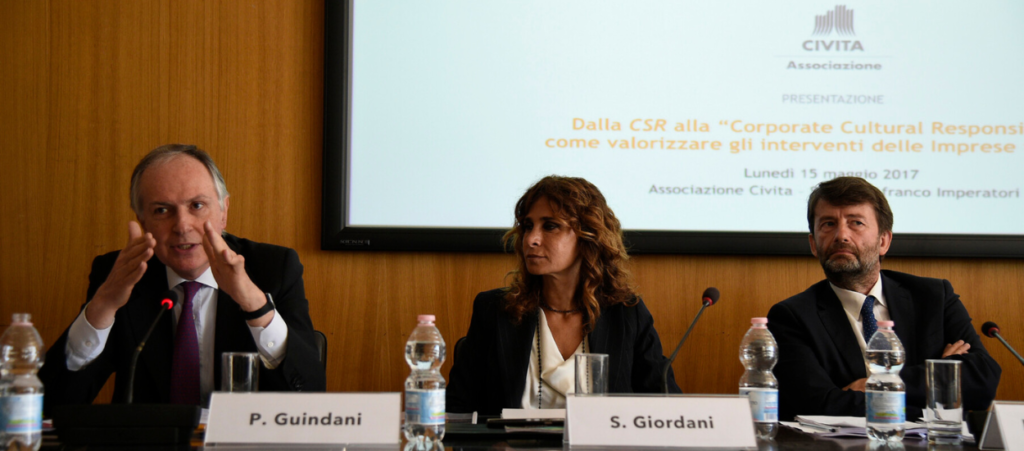
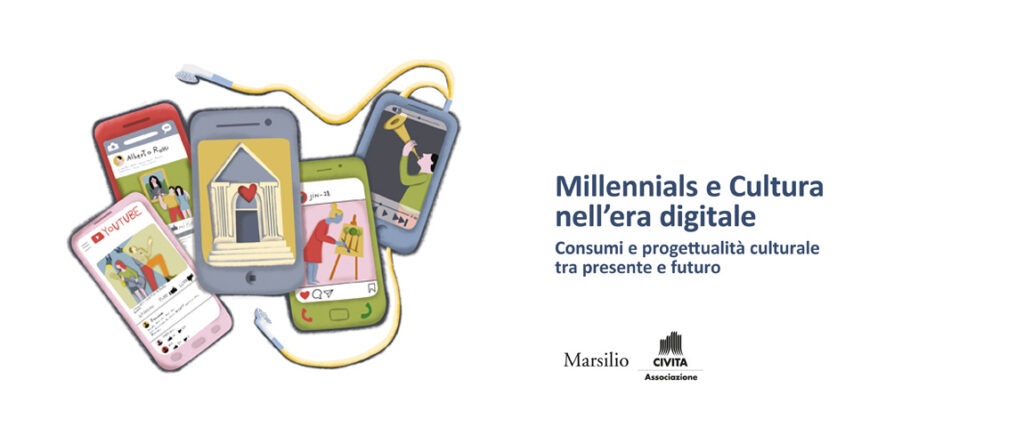
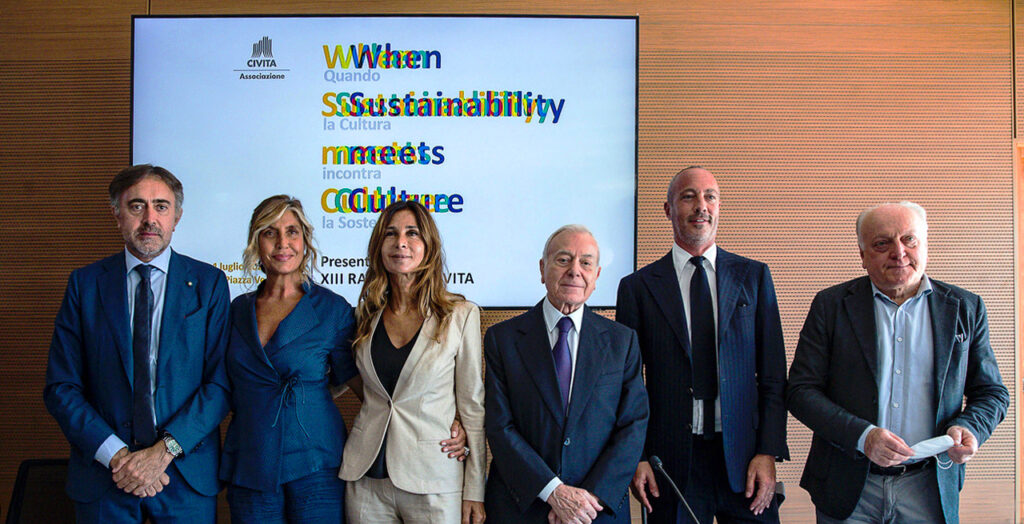
1987
In October in Civita di Bagnoregio, the initial idea for an association stemmed from an impromptu meeting between the Mayor of Bagnoregio Erino Pompei and Gianfranco Imperatori, Gianni Letta, Roberto Mostacci and Paolo Portoghesi.
1988
On 15 November, driven by the insight of Gianfranco Imperatori, the Association’s Secretary General, the Association Civita was founded with the aim of combining the safeguarding and enhancement of cultural heritage with a new economic and social “development model” and succeeded in involving many companies in the venture.
Franco Lattanzi and Sandro Polci organised the presentation “L’ambiente, la memoria e il progetto — A design project to safeguard memory and the environment”, outlining a proposal for the restoration of Civita di Bagnoregio and the future of its cultural heritage.
1990
The Civita Consortium was launched, and the restoration project started. Civita di Bagnoregio became the reference prototype for many similar initiatives.
1991
Progetto Civita was transformed into an Association, and became Associazione Civita, a national body for the enhancement of cultural heritage. The first collaborations between institutions and private individuals were first explored in the “Notturno Etrusco” festival, on an experimental basis. Villa Giulia was opened for evening guided tours and concerts.
1993
Associazione Civita opened its new headquarters in Piazza Venezia.
The Italian Parliament enacted the “Ronchey Law” for cultural heritage enhancement and the Association published its first report, “L’immagine e la memoria – Image and memory”, endeavouring to promote interaction between public and private entities.
The Valle dei Calanchi Information Point was opened thanks to the patronage of the Italian energy company ENEL.
Charles, then Prince of Wales, visited Civita di Bagnoregio.
Rome’s Imperial Fora (Fori Imperiali) were illuminated with its new lighting system.
The impressive “Notturno Imperiale” event is a great success.
1994
The Association organised the first “Culture & Business” events to stimulate debate between public and private organisations; it also presented the second Civita report of less prominent historical centres and their enhancement.
1995
Civita launched the “Sundays at the Roman Imperial Fora”, closing off traffic and providing local entertainment for adults and children.
1996
Civita published its third report on the theme of new technologies, “The formats of memory: Cultural heritage and new technologies on the threshold of the third millennium”.
1997
Pubblicità Progresso, Italy’s public service advertising body, approved Civita’s campaign for the conservation and enhancement of Italy’s artistic heritage. Together with the Centrale Montemartini Museum Authority, Civita launched its first museum management service.
1998
Together with Rome’s energy utility ACEA and Costa Edutainment, Civita founded the Zètema organisation, which the Municipality of Rome fully took over in late 2005.
1999
Civita Servizi was founded (now Civita Mostre e Musei).
One of its most successful exhibitions was the first “Homo Faber” held in Naples that year.
Civita published its fourth report, “History in the future: Cultural heritage, specialised local community skills and new jobs”. As part of an ad hoc Enterprise Consortium, Civita won the tenders for the management of ancillary museum services in Brera, the site of Leonardo da Vinci’s Last Supper, Ostia Antica, Villa Adriana and The Neapolitan Museum Complex.
2000
Together with the Consortium, Civita presented its study on Cultural Districts: a new development model that considers cultural heritage as “capital”.
2001
Civita published its fifth report, “Museum against Museum: Strategies, tools, results”, on the application of the Ronchey Law.
2002
Civita opened its first local office in Milan after the one in Naples.
2003
On 26 March, President Ciampi received Civita at the Quirinale Palace.
2004
Civita published its sixth report, “Culture at stake: The new frontiers of museums, education and cultural industry in the age of interactivity”.
2006
Civita commenced its enduring commitment to enhancing historical routes, particularly the Via Francigena, with a project dedicated to stretches of the trail in Tuscany and Lazio.
In January, the magazine “Civitas” was transformed and the first issue of “Il Giornale di Civita” appeared on newsstands, as a supplement to the “Giornale dell’Arte”. On the eve of the elections on 9 April 2006, Associazione Civita, FAI and WWF addressed an appeal to the Prime Minister of the future Italian government.
2007
Civita published its seventh report, “Training is worth a heritage fortune: Cultural heritage, learning and jobs”.
In November, on the occasion of its twentieth anniversary in Civita di Bagnoregio, attended by the President of the Republic Giorgio Napolitano, the Association presented the volume “Recovering the past to design the future: Civita 1987–2007”.
The Civita Consortium interrupted its activity, which was transferred to the Civita Study Centre.
2008
Civita published its eight report, “Web Galaxy: Culture in the Network”, dedicated to the theme of technology and culture.
Associazione Civita promoted historical itineraries in Southern Italy through the initiative “Rome-Jerusalem: Along the Via Francigena pilgrimage trails of the South”.
2009
In April, the founder of Civita, Gianfranco Imperatori, Secretary General of the Association, passed away.
2010
Civita participated in the organisation of the first “Art and Culture” summit of the Il Sole 24Ore newspaper, presenting the results of the research project entitled “The Value of Culture”, promoted as part of the activities undertaken by companies associated with Civita in the field of culture and art.
2011
Civita published its ninth report, “Citymorphosis: Cultural Policies for Changing Cities”, on cultural policies and urban development.
2012
The Association presented the first volume of the series “The Art of Producing Art”, aimed at investigating the role and evolution of the cultural and creative industry.
On the 25th anniversary of its foundation, Civita celebrated with a great event at the MAXXI-Museo Nazionale delle Arti del XXI secolo in Rome.
2013
Antonio Maccanico, President of Associazione Civita, passed away on 23 April.
Gianni Letta was appointed as the new President.
2014
The second volume of the “The art of producing art” series was published, focused on the design sector.
2015
Associazione Civita strongly supported the appeal promoted by the President of the Lazio Region, Nicola Zingaretti, to save Civita di Bagnoregio.
2016
The tenth Civita report, “#Socialmuseums”, dedicated to the relationship between social media and cultural institutions, was published.
2017
The third volume of the series “The art of producing art” was issued, dedicated to competitiveness and innovation in culture and tourism.
Civita presented the guideline document “From CSR to Corporate Cultural Responsibility: how to enhance the interventions of Companies in culture”, with the aim of informing enterprises on the inclusion of “cultural responsibility” in sustainability strategies.
2018
Associazione Civita, with eleven associated companies, undertook the project “WeACT3- Acting together: Technology for art, culture, tourism and local communities”, to enhance the value of the Barberini Corsini National Galleries through innovative technological solutions.
2019
The eleventh Civita report, “Millennials and culture in the digital age”, dedicated to current and future public consumption and cultural planning, was published.
2020
In collaboration with the Contemporary Art Foundations Committee and Intesa Sanpaolo Bank, the Association published a study illustrating a detailed mapping of private contemporary art organisations in Italy.
During the first national lockdown to limit the spread of the Covid-19 pandemic, the Association launched a writing contest by publishing an e-book entitled “Stories and images: Memory and testimony of experiences during the time of Covid-19”.
2021
Civita published its twelfth report, “Next Generation Culture”. Dedicated to the ongoing digital transformation in the field of culture, the study addressed the effects of new developments on life during the pandemic crisis.
2022
Civita published its thirteenth report, “When sustainability meets culture”, which investigated the role that Culture plays within the sustainability practices undertaken by companies and within the context of museum policies.
The future is yet to be written
